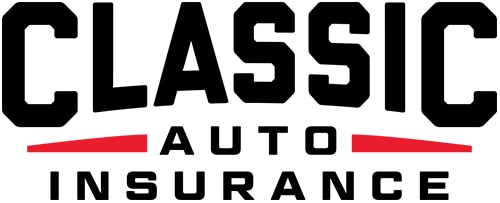
Rick's Current Project – '67 Firebird Shell
It’s not every day you get advice from a car restoration expert, but our very own Rick Drewry has joined us again! In our most recent interview with Rick, he brought along some of his own experiences to share, as well as some tips for those of you involved in restorations, whether you are brand new to the gig, or you’re a seasoned veteran.
Rick talked a great deal about the importance of knowing the value of your restoration job, as well as knowing your limitations. “There’s many levels of restoration,” he said. “A lot of it has to do with skillset and it also has a lot to do with money. How much money are you willing to invest in building a car?” Rick said that so many people, who all start out on the path to restoration with great intentions, end up investing more into a car than it’s worth.
Many collectors think the best way to start a classic car collection is by throwing their money at expensive cars and keep them in mint condition. Rick believes the best way to build a collection is by starting with junkers and restoring them to their original glory. But he always cautions buyers to never purchase anything you don’t believe you can get your money back out of.
For Rick, he’s been in the investing and restoration game for years, and if there’s one thing he’s learned, it’s not to throw money away on a classic car restoration that won’t bring returns. “I don’t have the money to go buy $100,000 cars just for fun…I just bought a rolling shell ’67 Firebird that has a clean title, but there’s nothing to it. It’s just a body; no interior, no glass, no engine, or transmission. I bought it for $1500. I’ll probably have $8000 to $10,000 into it, but when the car is done, it will be worth $30,000 to $35,000.”
One of the biggest expenses people forget to factor into a restoration is labor costs. You can price parts and paint jobs all day long, but if you forget to factor in the many, many, many hours of labor you will either spend yourself, or pay someone else to do, you’re shorting yourself on the cost of the restoration. Rick figures that by the time he’s done with the restoration on his ’67 Firebird, he will have broken about even if he factors in all of the time and labor he has put into the car.
Want to learn more about restoring cars and the right classic car insurance coverage? Stay tuned next week when we highlight Rick’s best tips for choosing the right car to restore!





